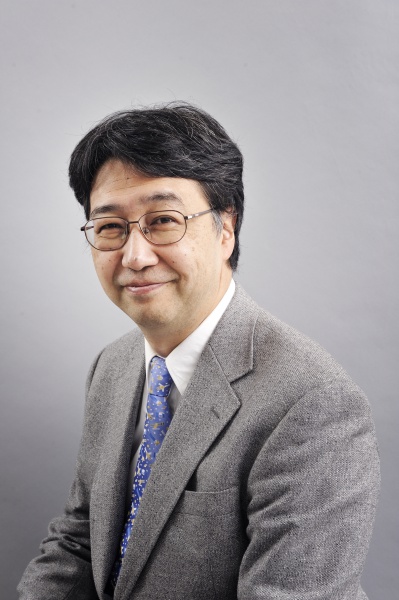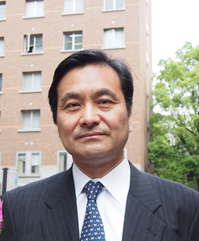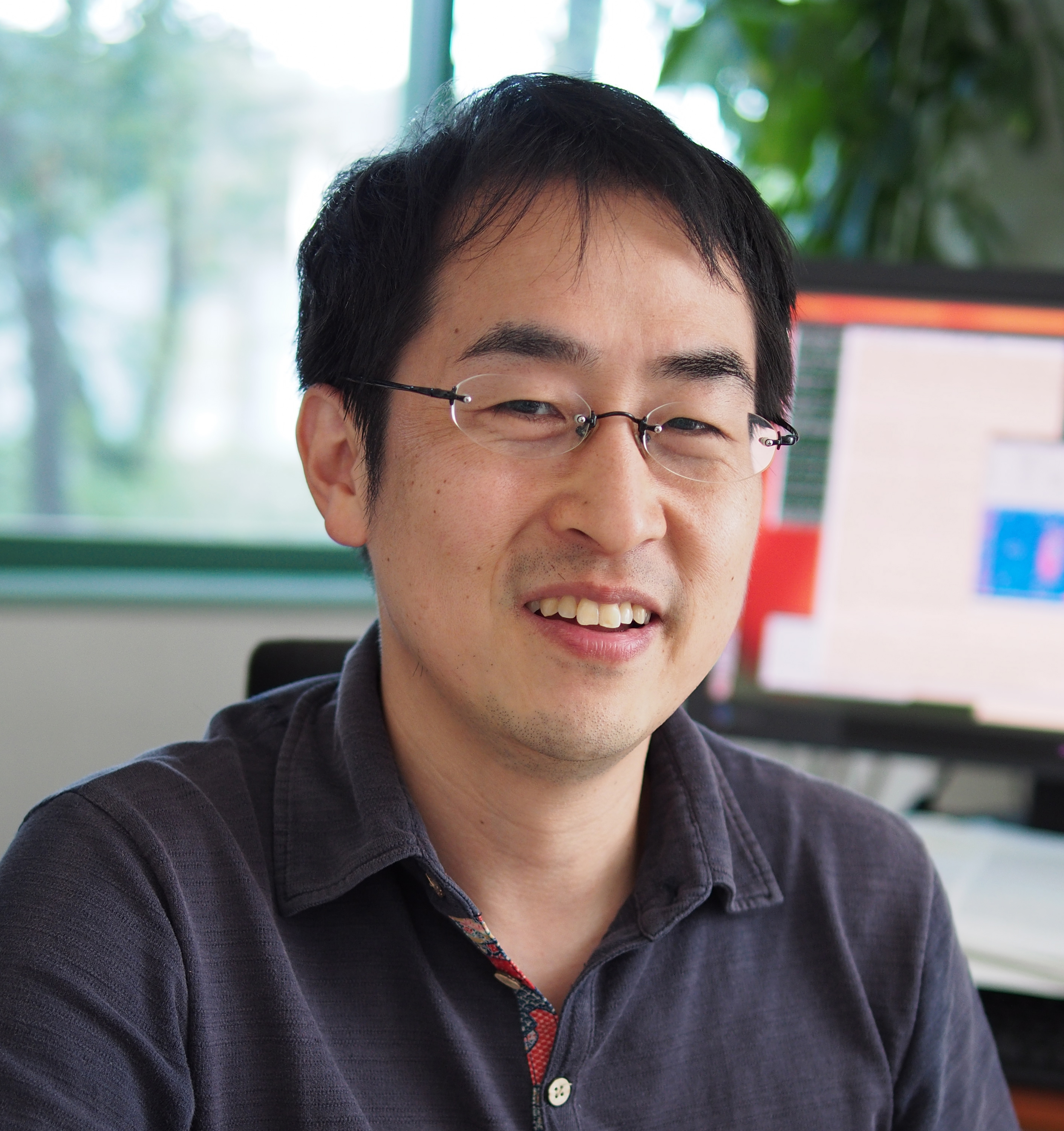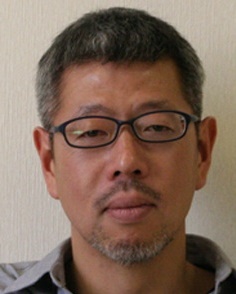Society and Science on iPS Cells ― Think about the next decade with a focus on the ethical, legal and social issues
In 2006, a research team led by Professor Yamanaka Shinya at Kyoto University reported that it had generated iPS cells in mice. The following year, the team reported that iPS cells could be generated in human beings as well. Ten years have passed since then. What has happened in the ten years following the first generation of iPS cells? This special feature looks at the progress of the research with a focus on the ethical, legal and social issues (ELSI). This paper organizes ELSI in order so that it can be referred to by readers.
Introduction
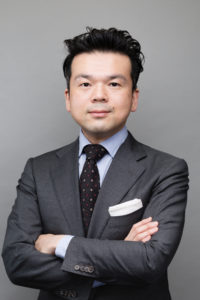
Yashiro Yoshimi, Assistant to the President of the Japanese Society for Regenerative Medicine, Associate Professor in the Uehiro Research Division for iPS Cell Ethics, Center for iPS Cell Research and Application (CiRA), Kyoto University
Japanese regenerative medicine has seen many changes since a research team led by Professor Yamanaka Shinya at Kyoto University first generated iPS cells. The biggest change is that the world’s first-ever clinical research using iPS cells derived from patients was conducted, and that clinical research using other people’s iPS cells also began to be conducted. In terms of the legal system, Japan was the first country in the world to enact a law for promoting regenerative medicine in 2013, which differed from the situation in which Japan conducted numerous clinical studies with an eye on the United States and the EU. On this occasion, we have decided to consolidate the latest scientific knowledge on research areas that attract ELSI-based attention with a focus on the fact that ten years have passed since human iPS cells were first generated, and consolidate ideas about how society and science should be.
On the eve of iPS cells
[Related areas]
Organization: Kyoto University, the University of Tokyo, Keio University, RIKEN, the Ministry of Education, Culture, Sports, Science and Technology, the Ministry of Health, Labour and Welfare and the Ministry of Economy, Trade and Industry
Fields: Medicine, pharmacy and stockbreeding
Faculty: Biology
Academic disciplines: Biology, biotechnology, medicine, pharmacy, dentistry, sociology on science and technology and life ethics
Information sources: the website of the Center for iPS Cell Research and Application (CiRA), Kyoto University, the Ministry of Education, Culture, Sports, Science and Technology’s Life Science Portal Site and the website of the Japanese Society for Regenerative Medicine and Stemcell Knowledge & Information Portal (SKIP)
As many people already know, pluripotent stem cells attracted a great deal of attention as the most important key element of regenerative medicine research before iPS cells emerged. They were embryonic stem cells (ES cells). Blastocysts in the initial phase of emergence have groups of pluripotent cells within them. Martin Evans succeeded in creating mouse ES cells in 1981, which made it possible to extract them and generate them while maintaining their ability. In 1998, James Thomson reported having succeeded in generating ES cells in human beings as well.
Human ES cells can create all cell types that constitute the human body, in principle, and can also continue to increase those cells on a semi-perpetual basis. If you utilize this ability and obtain differentiated cells, you can restore functions that are lost due to degenerative diseases. However, because fertilized eggs are absolutely vital for generating these cells, a major controversy arose regarding whether or not it is acceptable to put this into action. A “surplus embryo,” which was created by external fertilization and would have been disposed of without being placed back inside the body in a frozen state, was used as material for generating ES cells. However, because a surplus embryo may produce a human being if it is implanted in the womb, some pointed out that a surplus embryo’s potential dignity as a human being was violated.
In Japan, the discussions of the Human Embryo Research Sub-Committee, which was established within the Life Ethics Committee of the Science and Technology Conference in 1998 and the “Guidelines on the Generation and Use of Human ES Cells,” which were notified and enforced in 2001 as a result of the discussions, were so rigorous that double examinations by the government and institutes were required for the use of and research on human ES cells, as well as the generation of ES cells. This made it more difficult to undertake research than it was in the United States and the United Kingdom.
iPS cells were created on the basis of Professor Yamanaka’s concept of making cells with the ability of ES cells, thereby avoiding these issues. Because iPS cells can be generated from somatic cells, it is unnecessary to use fertilized eggs. If self-cells are used, immunological rejection can also be avoided. As a result, iPS cells became the center of regenerative medicine in Japan, taking the place of ES cells.
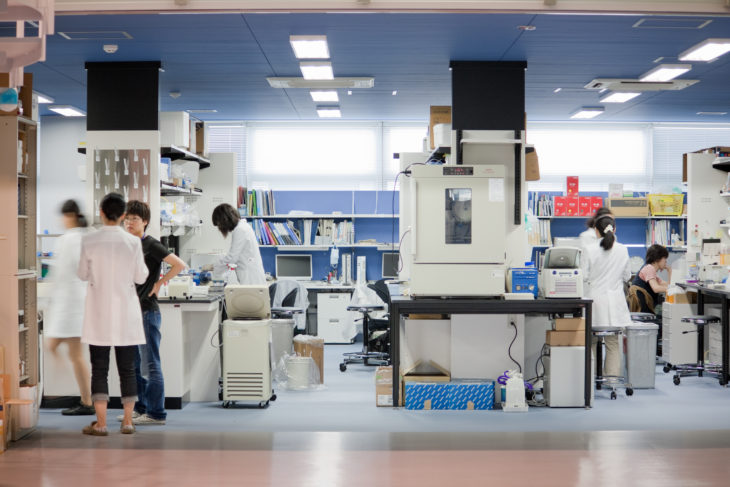
The open laboratory on the fourth floor of the building of the Center for iPS Cell Research and Application
(Photo taken in June 2010 at the Center for iPS Cell Research and Application, Kyoto University)
Photo: Courtesy of Center for iPS Cell Research and Application
How to generate iPS cells and their safety
iPS cells were generated by incorporating four genes that work actively in ES cells with virus vectors. By doing this, they succeeded in the “initialization” of creating a state like ES cells from somatic cells, such as the skin and blood. However, the incorporation of genes caused some people to point out safety issues in using them for regenerative medicine. In addition, some people also pointed out the formation of teratomas as an issue. This can be attributed to the inherent nature of iPS and ES cells. Disturbingly, this is also the ability that is essential for pluripotent stem cells, including iPS and ES cells.
If you implant undifferentiated pluripotent stem cells in a mouse whose immune functions are destroyed, tumors form within the body of the mouse. These tumors are called teratomas, and they are groups of cells that have multiplied and differentiated in a disorderly manner. They include ectoderm structures, such as nerves and skin, endoderm structures, such as the pancreas and liver, and mesoderm genes, such as blood and bones. Whether or not they can be made to create teratomas within the body of the mouse is the proof of the pluripotence of the cells. This means that if iPS cells that have not differentiated or have not finished differentiating remain within a group of cells that are made to differentiate into cells of the desired type, they will become teratomas if they are implanted within the body.
As introduced by the research team led by Nakagawa, to resolve these issues, a great deal of emphasis has been placed on studies of safer methods for generating and cultivating iPS cells and a major research field for clarifying the mechanisms of initialization. As a result, the methods for generating and cultivating iPS cells changed significantly and have improved considerably in terms of safety since 2007.
A perspective on how life should be
It can be said that previous discussions on medical ethics in advanced medicine established the direction of the abovementioned issues of safety regarding iPS cell research and ELSI regarding the protection of examinees in clinical research to some extent. However, a new issue emerged because pluripotent stem cells became common: an issue that is deeply associated with how life should be.
The project of forming chimeras using animal and human cells undertaken by Professor Nakauchi Hiromitsu at the University of Tokyo is an issue that is easily created by the gaps between regenerative medicine researchers and other researchers. A research team led by Nakauchi is attempting to make a breakthrough in the current situation where the construction of three-dimensional organs using human pluripotent stem cells is on the way to development by forming chimera populations that combine large animals, knockouts of the master genes of target organs, with human pluripotent stem cells. They have already succeeded in forming chimeras using mice and rats. There are also reports of other research groups having succeeded in forming mouse chimeras that include human cells. Current Japanese laws and guidelines forbid the creation of chimera embryos by combining human beings with other creatures, but there is a growing movement toward easing these rules from the perspective of global trends.
On the other hand, as an ethical issue regarding iPS cells, many people have pointed out that generating reproductive cells or creating populations from them is a taboo. But what is the fundamental nature of this taboo? Unlike clones that violate the singularity of populations and the one-time-only nature of life by creating multiple populations with the same genetic information, reproductive cells derived from iPS cells that are generated through the process of meioses are fundamentally different from clones. Regarding this issue as well, in the United States there are state-level regulations of fertilization tests using reproductive cells derived from human iPS cells that are forbidden in Japan, but there are no federal state-level regulations.
In Japan, a research team led by Hayashi, who wrote about the differentiation of reproductive cells for this special feature, has succeeded in producing a large amount of reproductive cells that are able to create normal mouse populations, starting from iPS cells. Active research using human iPS cells is being carried out in the United Kingdom. Of course, danger exists due to technical immaturity. Given that the first application of iPS cells to human beings may cause disadvantages to babies, the process should not be rushed. However, it is necessary to give serious consideration to what to do with it if that danger is removed scientifically to a sufficient degree.
iPS cells and the editing of genomes
The editing of genomes has emerged in recent years from the perspective of how life should be. The editing of genomes literally means the act of “editing” genomes, such as removing information from or inserting it in particular parts of genomes, or rearranging genome information. The simplest and most certain way of investigating the work of genes whose functions are unclear is to create cells, animals and plants in which those genes are lost or emerge excessively, and to investigate the changes that occur.
Genome editing has made it significantly easier to undertake such work than genetic engineering technology. Accordingly, the editing of genomes is expected to be applied to a wide range of areas, such as application to agricultural products and clinical treatment. A research team led by Hotta seeks the possibility of treating diseases using this technology. That is, they are focusing on future genetic therapies as well as the reproduction of diseases and the evaluation of medicine by editing genomes of cells that were obtained from patients. In fact, in 2014, there was a report on a clinical study of the world’s first-ever genetic treatment using the editing of genomes of somatic cells in the United States.8) Several stage I and II clinical studies are being conducted.
On the other hand, applications to fertilized eggs and reproductive cells are attracting social attention, in addition to this genome editing of somatic cells. In April 2015, a Chinese research group published a paper on the genome editing of human embryos, which attracted a great deal of social attention. With significant attention being given to the possibility of increasing the ability of populations artificially and the major unpredictable danger of off-targets and mosaics at present, many argue that genome editing of reproductive cells and embryos should not be conducted during reproductive treatment.
In the case of research on somatic cells, there is little possibility of characteristics being passed on to the next generation through genome editing. However, the most basic principle in terms of medical ethics is securing the safety of examinees and patients. That is, how to establish a confirmation method that can gain a broad consensus to secure that safety is an issue.
A quest for new applications
In terms of studies of iPS cells, people are familiar with them as screening tools for developing new medicines and repositioning existing medicines, as well as the approach of regenerative medicine. In addition to these, there is also the approach of using iPS cells as a new tool for cell treatment. In a paper in which a research team led by Professor Yamanaka reported the generation of human iPS cells, fibroblasts derived from the skin were used. However, because a cut of about one centimeter is required to be made in the skin with a cylindrical blade, unnecessary invasions into people’s bodies will be unavoidable, such as local anesthesia before cutting and infection due to cutting.
Currently, to reduce these risks, people are attempting to construct clinical stocks of cells by using cells derived from blood cells. For this group of cells, cells that play a role as part of an immune system within populations are initialized, and singularity against antigens is secured within these cells. By utilizing this characteristic, after initializing immune cells that have acquired singularity against cancer, a research team led by Kaneko is attempting to establish a new cancer treatment method by differentiating them into immune cells.
Many new approaches to cancer treatment are currently being researched. Molecular targeted medicines and genetic treatment are looking promising, but an important issue is that they tend to involve high costs in terms of development expenses. For cancer treatment with iPS cells, the effects of the treatments and the costs still remain to be seen. Because more diverse choices for patients are beneficial, however, it is a highly promising area.
Disease research and iPS cells
The space limitations of this special feature have made it impossible to focus in depth, but an important role of iPS cells is studies focusing on creating iPS cells from patients with diseases and using them to develop new drugs, and clarifying the mechanisms of the diseases that appear. Alzheimer’s disease and Parkinson’s disease are degenerative diseases; their symptoms appear as a result of numerous variations accumulating within the cells in the body and degenerating. Generally speaking, degenerative diseases are caused by three factors: (1) the patient’s aging; (2) environmental factors such as the patient’s job, diet and living environment; and (3) genetic factors due to genetic variation. After cells degenerate, however, it is difficult to understand which factor of these three has triggered the change from a normal state to a diseased state. Because of this, it has been difficult to develop drugs that halt the progress of diseases, let alone a treatment that is certain to effect a cure. However, because iPS cells can be created from the cells of the patient’s skin and blood, for example, even if the cells that cause a disease are in a location from which those cells are difficult to extract, such as the brain, they can be analyzed by differentiating them outside the body. Because cells can be obtained before variations from iPS cells and can also be propagated on a semi-perpetual basis, it is possible to secure a sufficient quantity of research. Approaches to new therapies can be considered by putting these resources to use. This has also made it easier to examine the effectiveness of the library of existing certified medicines and compounds used for the treatment of other diseases for different diseases. This is called drug repositioning, and it is expected to reduce the costs of confirming safety. It is also expected to be used for developing medicines for the treatment of serious and rare diseases whose development has lagged behind because of the small number of patients. Academic papers on these studies are published one after another all over the world. Kyoto University plans to conduct the world’s first clinical study with the aim of applying drugs that have been used as immunosuppressive drugs to date to a serious disease called fibrodysplasia ossificans progressive (FOP).
Conclusion
The progress of iPS cell research as outlined in this special feature is only part of the iPS cell research story. iPS cells have become essential to life science in just ten years, and are being studied in many ways worldwide. This means that there is ferocious competition all over the world, and I should mention that unfortunately, Japan is no longer the frontrunner in iPS cell research for many reasons, including costs.
Japan still holds a significant advantage, including clinical research that is ahead of the rest of the world. To support this, Japan needs to deepen its research called regulatory science, such as by developing a method for confirming the safety of cells to be implanted and specifying numerical criteria based on scientific knowledge.
Regenerative medicine, including ES cells and somatic stem cells as well as iPS cells, is a research area that is in the germinal stage, and there are media reports stating that acts lacking scientific grounds and safety are being conducted at high cost on the basis of high social expectations. Researchers need to share the significance of research with the general public and distribute information so that the members of society will not suffer such disadvantages. The members of society should not depend on others, and need to think about what costs and risks they can bear as they enjoy the benefits of these advantages. I sincerely hope that this special feature will help readers to open new doors.
Translated from “Tokushu I iPS no Shakaiteki Igi / Soron: iPS Saibo wo Meguru Shakai to Kagaku ― Rinriteki, Hoteki, Shakaiteki Kadai wo Jikuni Tsugi no 10-nen wo Kangaeru (Special Feature I The Social Significance of iPS / General remarks: Society and science on iPS cells: Think about the next decade with a focus on the ethical, legal and social issues),” Seibutsu No Kagaku Iden, Vol. 71 No. 5, September 2017, pp. 406-410. (Courtesy of NTS Inc.) [September 2017]

